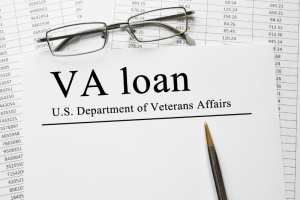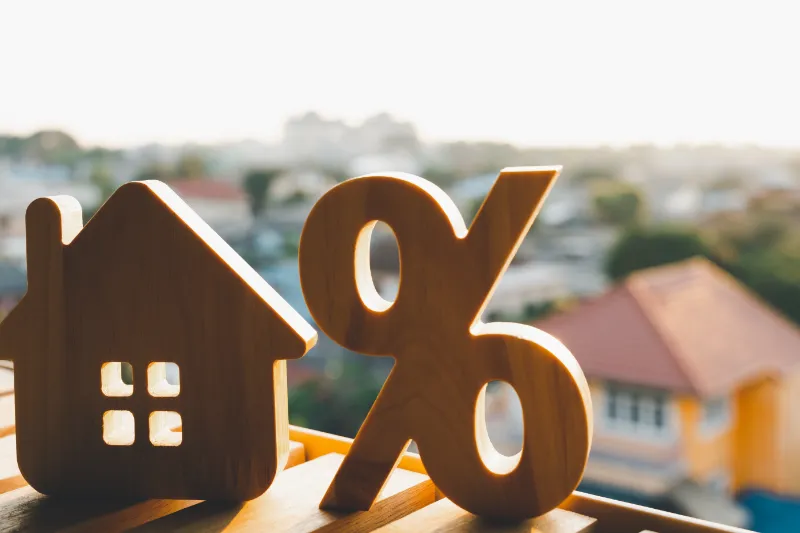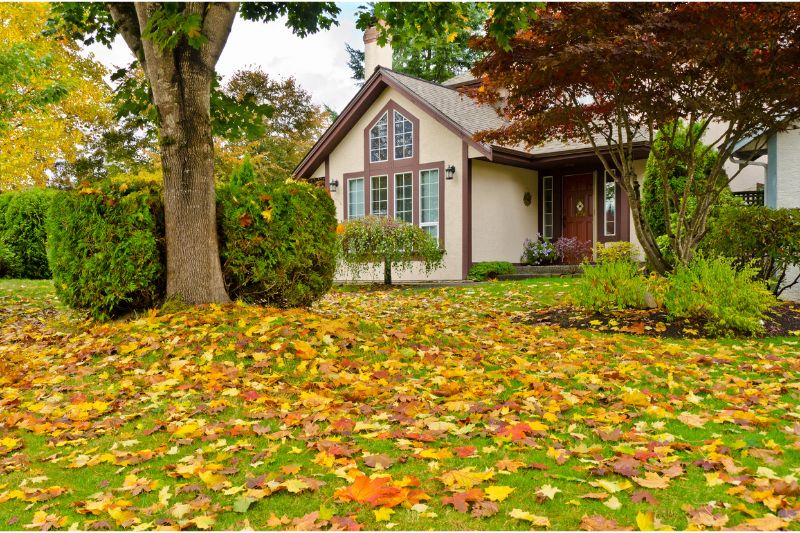Choosing Between a 15-Year and 30-Year Fixed-Rate Mortgage: Which Loan Term is Right for You?…
Exploring Mortgage Interest Rates and Strategies for 2024

Exploring Mortgage Interest Rates and Strategies for 2024
In the dynamic realm of mortgage lending, understanding the nuances of interest rates is paramount to securing the best deal for your home financing needs. Let’s delve into the current landscape of mortgage rates as of March 2024 and explore strategies to navigate this complex terrain effectively.
Current Trends in Mortgage Rates
Recent data from Freddie Mac’s weekly survey of over 100 lenders provides insights into the trajectory of mortgage interest rates. As of the latest report, there has been a marginal uptick in rates across various loan types. For instance, 30-year fixed rates have seen a modest increase from 6.74% to 6.87%, while 15-year fixed rates have edged up from 6.16% to 6.21%.
It’s noteworthy that VA home loans, despite mirroring this trend, continue to offer consistently lower rates compared to Conventional and FHA loans. Historical data from May 2023 reveals that average VA rates were notably lower, ranging between 0.21% and 0.27% compared to their Conventional and FHA counterparts, respectively.
Strategies for Securing the Lowest Interest Rate
Navigating the quest for the most favorable interest rate necessitates a nuanced approach tailored to your unique financial circumstances. While advertised rates serve as a starting point, several factors influence the rate lenders can offer you:
- Credit Score and History: Your credit profile plays a pivotal role in determining the interest rate you qualify for.
- Down Payment and Equity: The size of your down payment or existing equity position influences lender risk and, consequently, the offered rate.
- Loan-to-Value Ratio (LTV) and Debt-to-Income Ratio (DTI): These metrics provide insights into your financial health and affect the terms of your loan.
Requesting personalized quotes from multiple lenders is essential to gauge the spectrum of available rates. However, beyond the interest rate, it’s crucial to scrutinize the Annual Percentage Rate (APR) and estimated closing costs for a comprehensive comparison.
Understanding Mortgage Rate Locks
Locking a mortgage rate involves a mutual commitment between you and the lender. By requesting a rate lock, you secure a specific interest rate for a designated period, shielding yourself from potential fluctuations. However, this commitment obliges you to proceed with the loan at a locked rate, irrespective of market movements.
While opting for a longer rate lock provides peace of mind, it comes at a cost. Lenders typically charge higher fees for extended lock periods, varying rates based on the duration. Timing your rate lock strategically, ideally 7 to 15 days before closing, can yield optimal pricing while mitigating the risk of rate changes.
Deciphering “Free” Rate Lock Offers
Amid shifting market conditions, lenders might entice borrowers with seemingly “free” rate locks, especially for refinancing. Yet, these deals often hide caveats, like marginally higher rates or restricted maneuverability. It’s crucial to examine the fine print meticulously to grasp the true implications before committing. A “free rate lock” typically refers to a lender’s offer to secure an interest rate for a specified period without charging an additional fee upfront, known as “Points.” Essentially, it allows borrowers to lock in a mortgage rate without incurring an immediate cost. However, it’s essential to recognize that while the rate lock itself may be free, there could be other associated trade-offs or conditions, such as slightly higher interest rates, to compensate for the perceived benefit of the free lock. Therefore, borrowers should carefully review the terms and conditions of any “free rate lock” offer to understand the complete picture and make an informed decision.
Strategizing Your Rate Lock Approach
The decision to lock in your mortgage rate hinges on your risk tolerance and market outlook. While some borrowers opt for a conservative “set and forget” approach, others monitor market trends diligently, aiming to capitalize on potential rate dips. For those seeking flexibility, exploring options like float-down provisions allows for rate adjustments if market conditions are favorable.
Conclusion: Empowering Your Mortgage Journey
In the realm of mortgage financing, securing the optimal interest rate requires a blend of diligence, strategy, and market awareness. By leveraging insights from industry data and understanding the intricacies of rate locks, you can navigate the mortgage landscape with confidence, ultimately achieving your homeownership goals. Whether you’re a first-time buyer or a seasoned homeowner, Certified Home Loans can help you understand how the right mortgage rate and closing cost structure is instrumental in realizing your housing aspirations.




